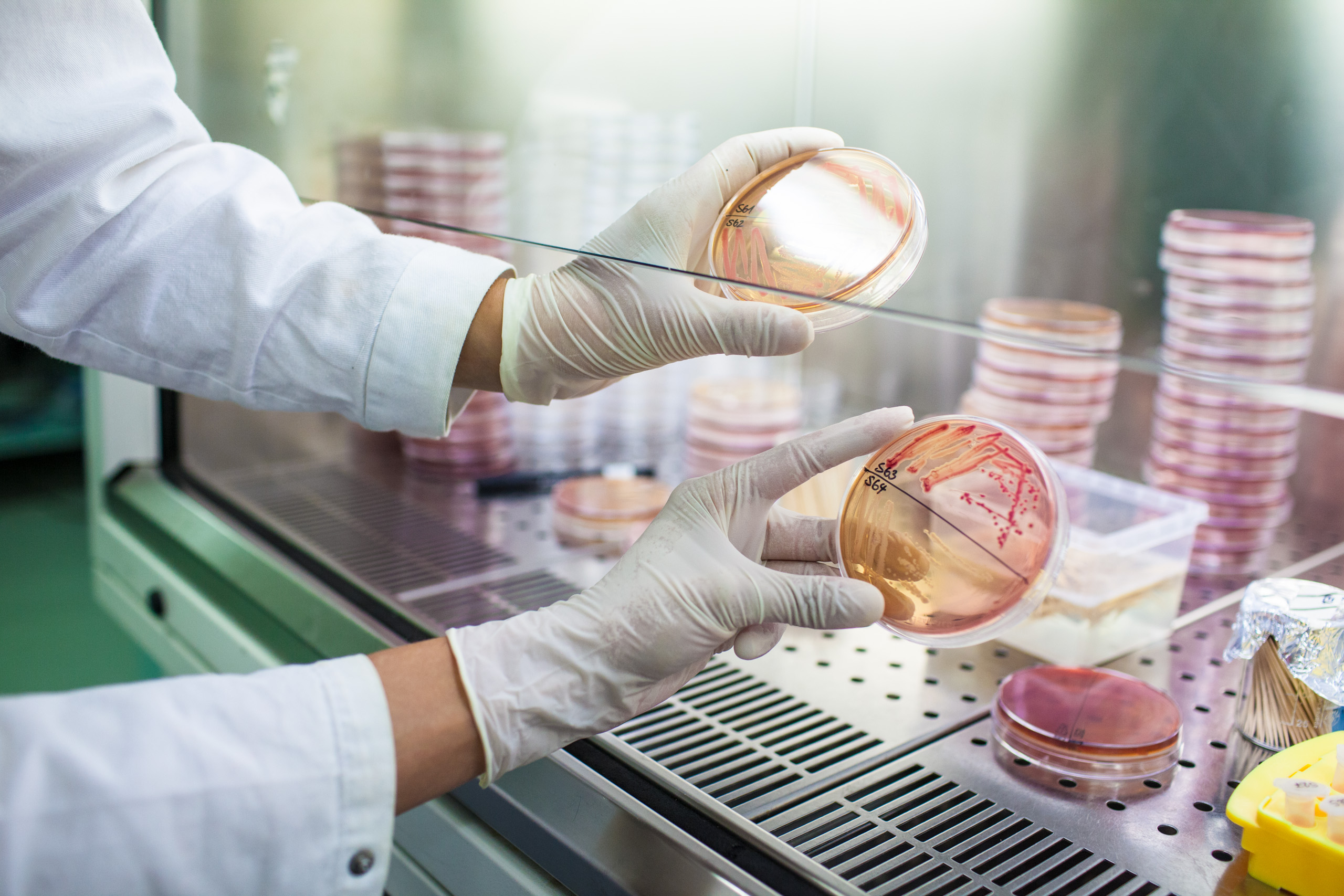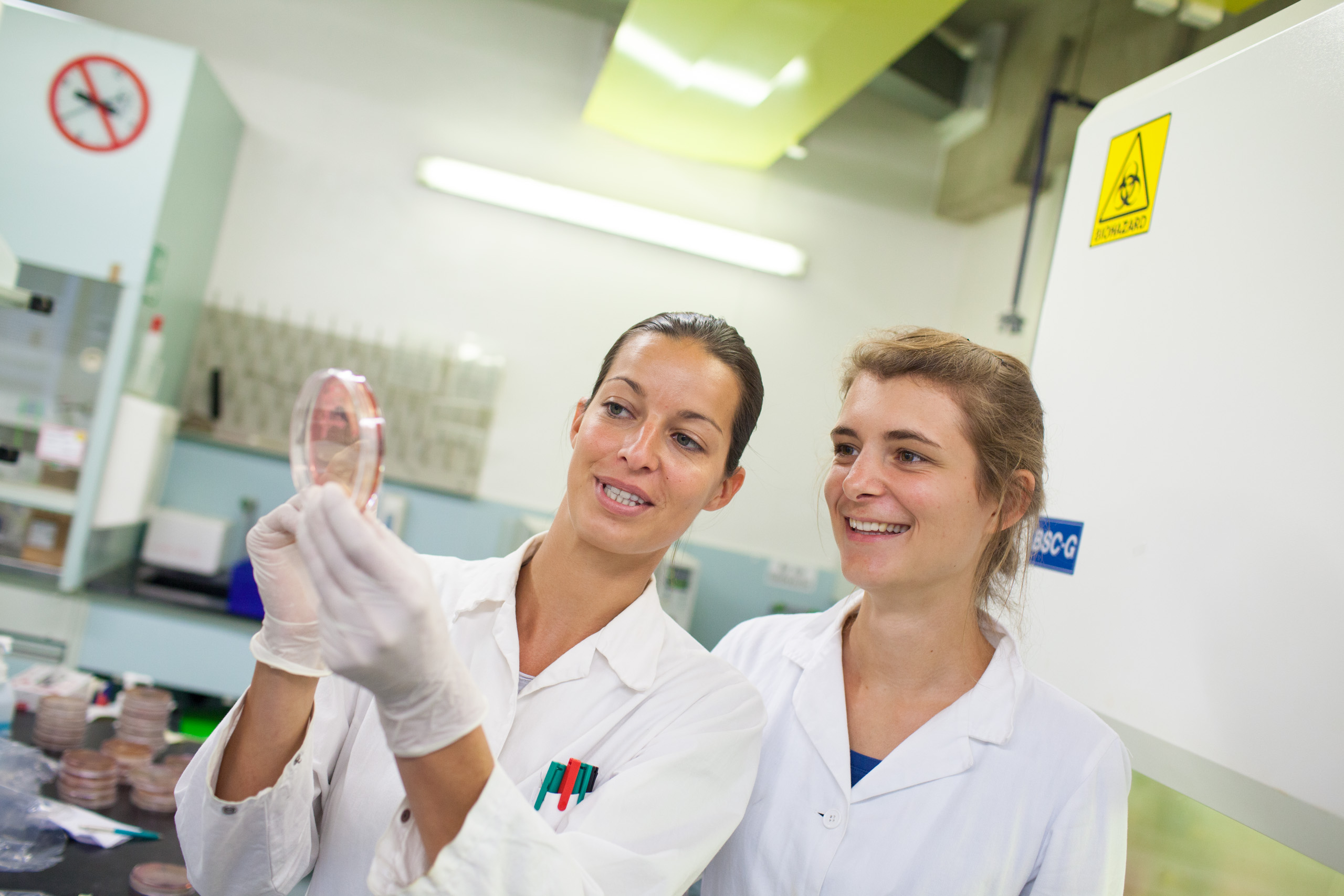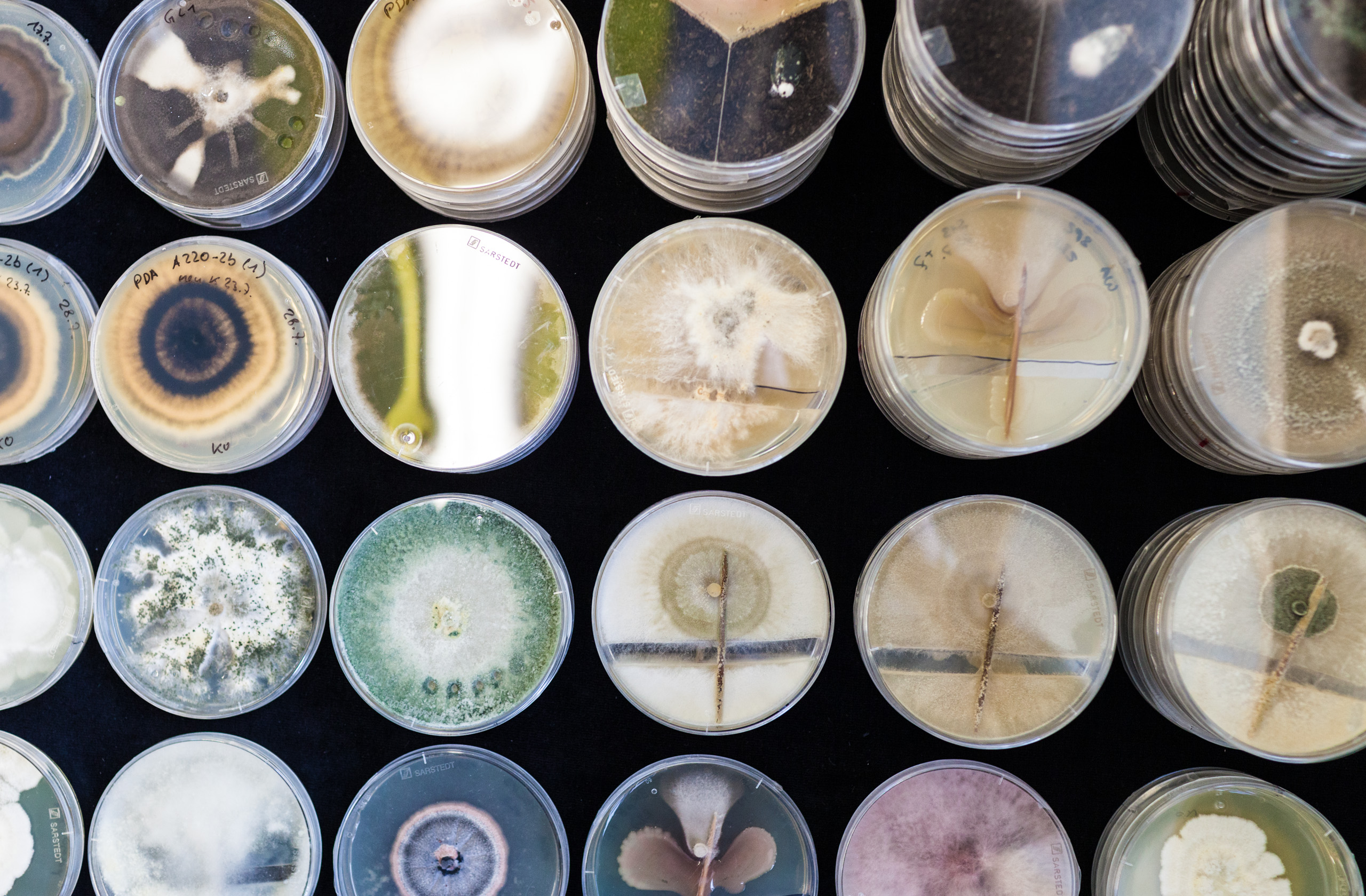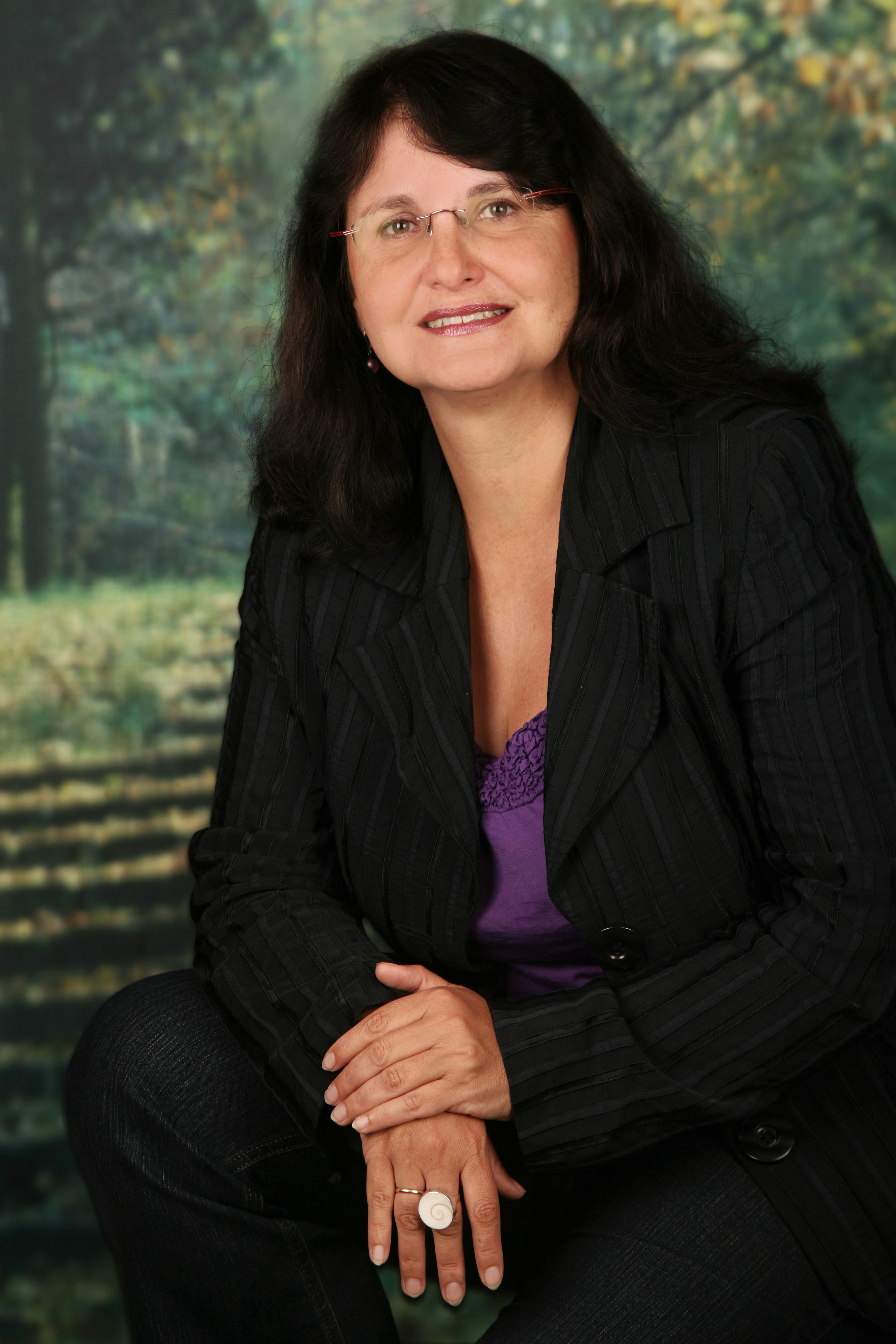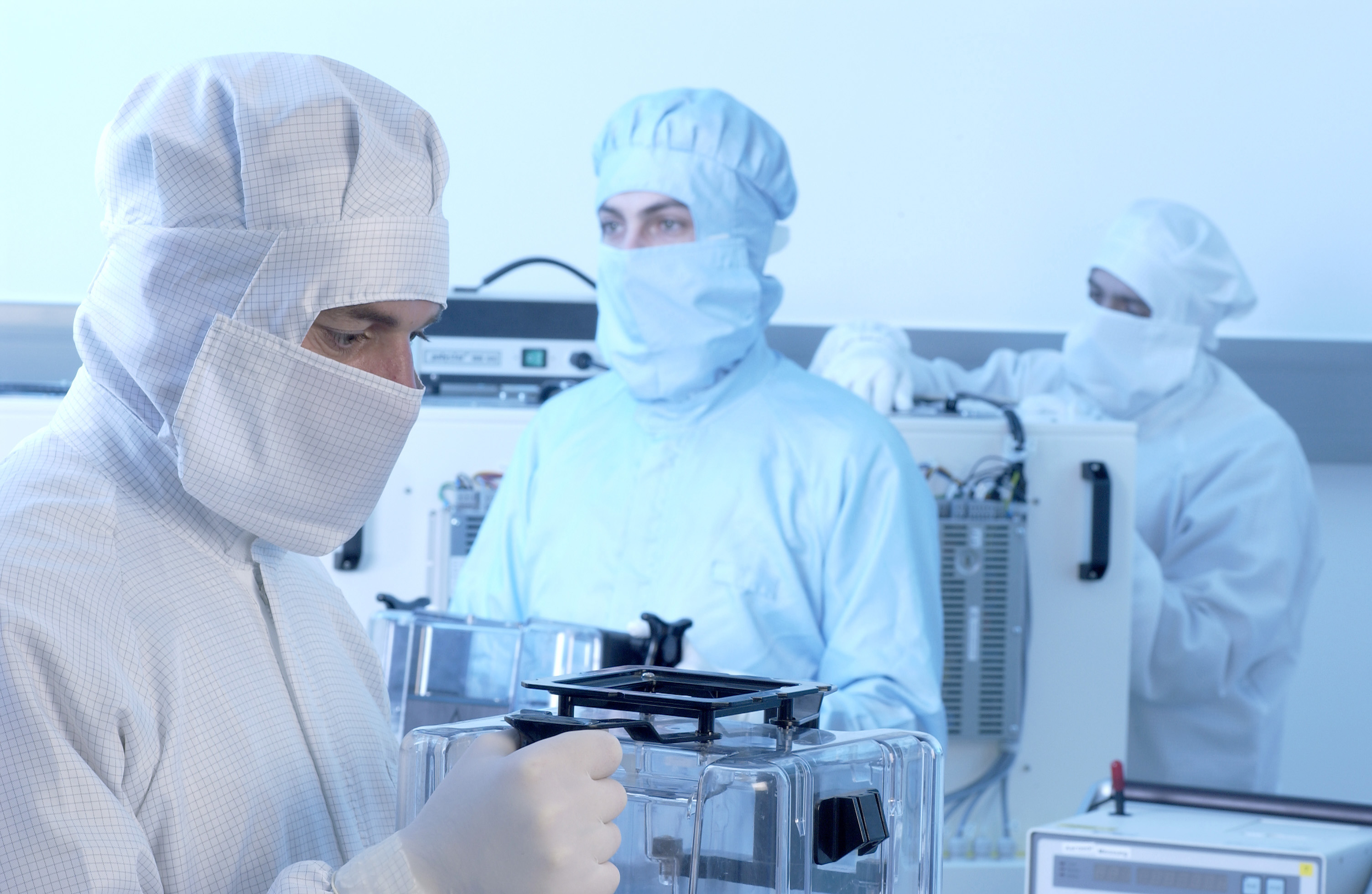From the laboratory at TU Graz to the Innovation State Prize
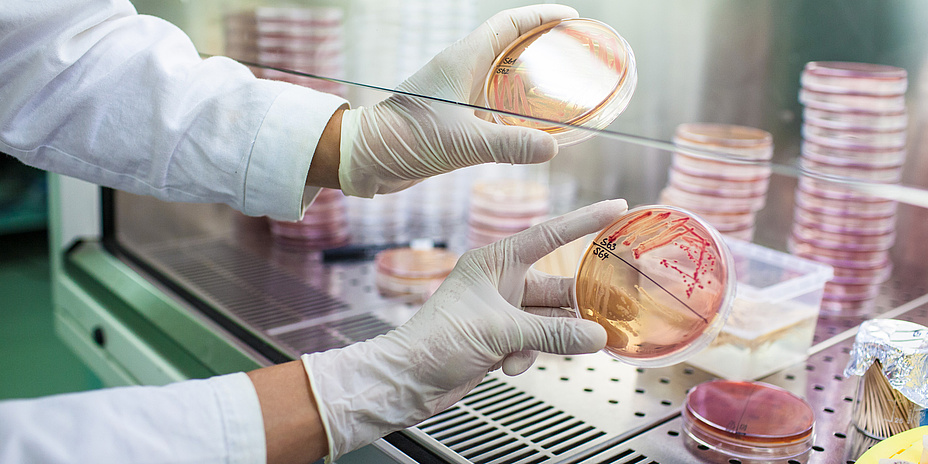
If hygiene is the order of the day even in the last corner, dusters and cleaning rags just don’t cut it. Strong chemical cleaners, however, are also out of place in the pharmaceutical and food production industries and in the clinical field. “It’s especially difficult to decontaminate humans. They are the biggest risk factor in clean rooms,” says Gabriele Berg from the Institute for Environmental Biotechnology (UBT) at TU Graz. An “enlightening” alternative is the photodynamic disinfection of clothing. A technology which has its origin in a joint project between TU Graz and Research Center Pharmaceutical Engineering (RCPE).
Disinfection using light
The underlying technology of the invention is called Photodynamic Disinfection certified Technology, in short PDcT. Gabriele Berg explains: “We make use of the photodynamic effect which enables a dye to react to special wavelengths of light. In the reaction, highly reactive oxygen is formed which reacts with undesirable germs and prevents their growth.” Only recently has photodynamic disinfection been made possible on specially dyed (work) clothing. “This kind of decontamination is completely harmless for humans,” according to Berg. Using PDcT it has become possible for the first time to decontaminate persons in their work surroundings and to minimise the transmission of germs by humans.The possible applications of this new technology are many and various. It has already been put to use in clean room areas found in pharmaceutical and food production. Other future areas of application include sensitive clinical areas, such as oncology, neonatology, intensive care units and after-care facilities for transplant patients. The team led by Gabriele Berg further developed this special anti-germ technology with two other institutes of TU Graz, the RCPE competence centre and various corporate partners. The partner company Ortner Reinraumtechnik holds the patent. It recently brought home the special ECONOVIUS prize in the context of the State Prize for Innovation 2016 and a nomination for the Houska Prize.
Fighting germs the natural way
Apart from the ECONOVIUS prize, the Science2Business Award 2011 and the Carinthian Innovation Prize, the shared research conducted by TU Graz, RCPE and corporate partners has borne even more fruit: for instance, the Roombiotic start-up company, which specialises in the disinfection of areas hard to access and which has also just registered three patents. Roombiotic employs volatile agents which contain useful microorganisms. Like aromatic substances, they spread out in the air and fight germs on various surfaces and in niche areas in a careful way in the air.
Kontakt
Univ.-Prof. Dipl.-Biol. Dr.rer.nat.
Institute of Environmental Biotechnology
Petersgasse 10-12, 8010 Graz
Phone: +43 664 60 873 8310
Email: <link int-link-mail window for sending>gabriele.berg@tugraz.at



